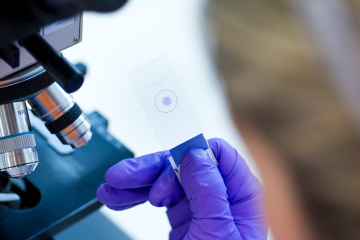PhD Studentship
Improving the principles of the 3Rs through new integrative metabolomic and gene expression resources for signalling studies in burn injuries

At a glance
Completed
Award date
December 2012 - December 2015
Grant amount
£90,000
Principal investigator
Dr Istvan Nagy
Co-investigator(s)
Institute
Imperial College London
R
- Reduction
- Replacement
Read the abstract
View the grant profile on GtR
